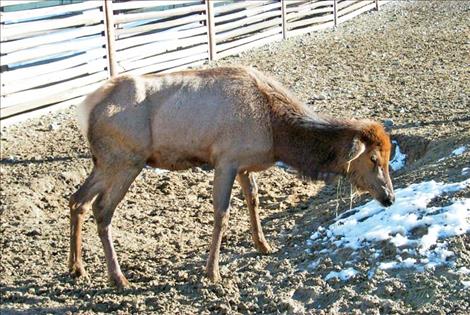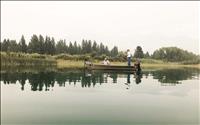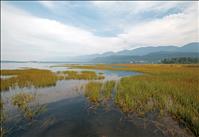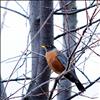Outdoors

MONTANA — Chronic wasting disease threatens deer, elk and moose populations in Montana. The spread of the disease is something all hunters should consider as they venture out this fall to harvest wild game. “CWD is a 100 percent fatal disease that infects members of the deer family, including elk, moose, mule and white-tailed deer,” stated Montana Fish, Wildlife and Parks. “Hunting is the primary tool for monitoring and managing the spread of CWD. Concerns over CWD shouldn’t stop you from enjoying hunting season. Hunters are critical to conservation efforts across the state and protecting our wildlife heritage.” The Montana Wildlife Federation...

With fall, swimmers disappear from the increasingly frigid waters of Flathead Lake, and anglers, bundled up on boats or casting from shore, begin to hunt for wily mackinaw or lake trout. It’s a sport that’s not only sanctioned, but actively encouraged by the Confederated Salish and Koote...
News from CSKT The Confederated Salish and Kootenai Tribes’ Mack Days fishing contest continues daily through Nov. 15 on Flathead Lake. The semiannual fishing derby, which boasts up to $200,000 in cash and prizes, includes lottery drawings, prizes for top anglers and tagged fish worth $100-$10,000...
News from the Flathead Lake Biological Station For nearly a century, since the regulation of lake levels began, significant shoreline erosion has been documented around Flathead Lake, including at the Bio Station and Flathead Lake State Park - Yellow Bay. In total, the Bio Station’s nearly 7,000 f...

News from CSKT FLATHEAD LAKE – The 2020 Fall Mack Days event began Tuesday, Sept. 8 and will end Sunday, Nov. 15. The event will be one week longer because the spring event was shortened, due to COVID-19. There will be up to $200,000 in cash and prizes awarded at the conclusion of the ev...















